"She is a mortal danger to all men. She is beautiful without knowing it and possesses charms that she ‘s not aware of. She is like a trap set by nature”
The above line, written by Edmond Rostand in 1897 is a part of the play – Cyrano de Bergerac; but very well could be used to describe an ancient race of young, beautiful and dangerous female warriors, who were known as the Amazons in Greek mythology.
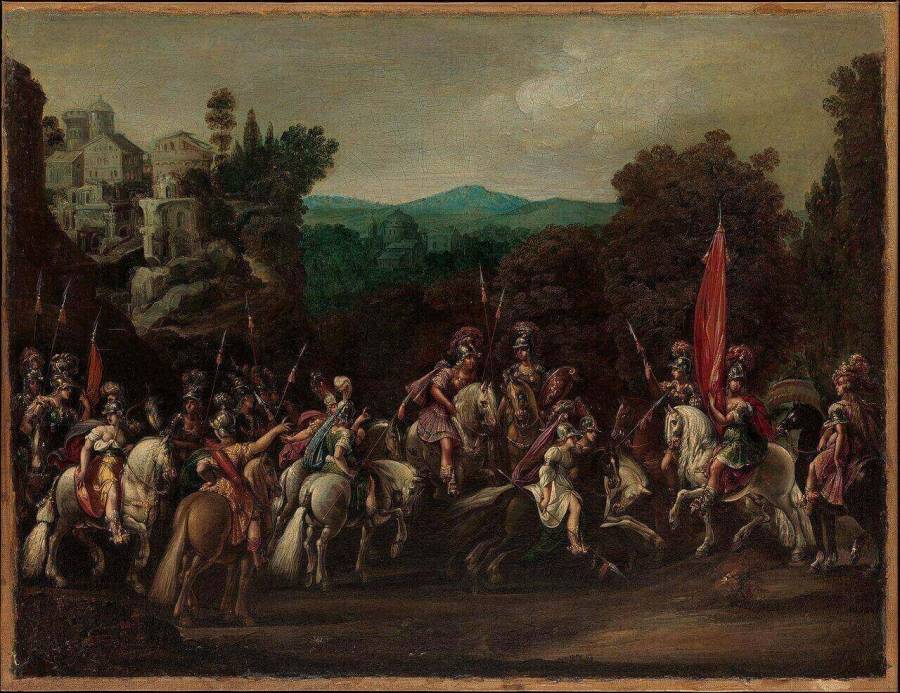
Thanks to a spate of recent successful movies, the term – Amazons does not need to be explained to most people. However, for those who believe that movies may not always portray history correctly, a few lines of an introduction would be certainly helpful. The story starts many centuries back in ancient Greece, where larger than life heroes formed part of daily life.
Beautiful women whose beauty, was exceeded only by their bravery & fighting skills – especially with spears and bow & arrows, the Amazons were the most dangerous and fierce female warriors, that the ancient world may have ever heard of. History would have remembered their great exploits with great admiration if not for one minor detail – they were all mythical characters. However, let us remember them as the ancient Greeks believed them to be.
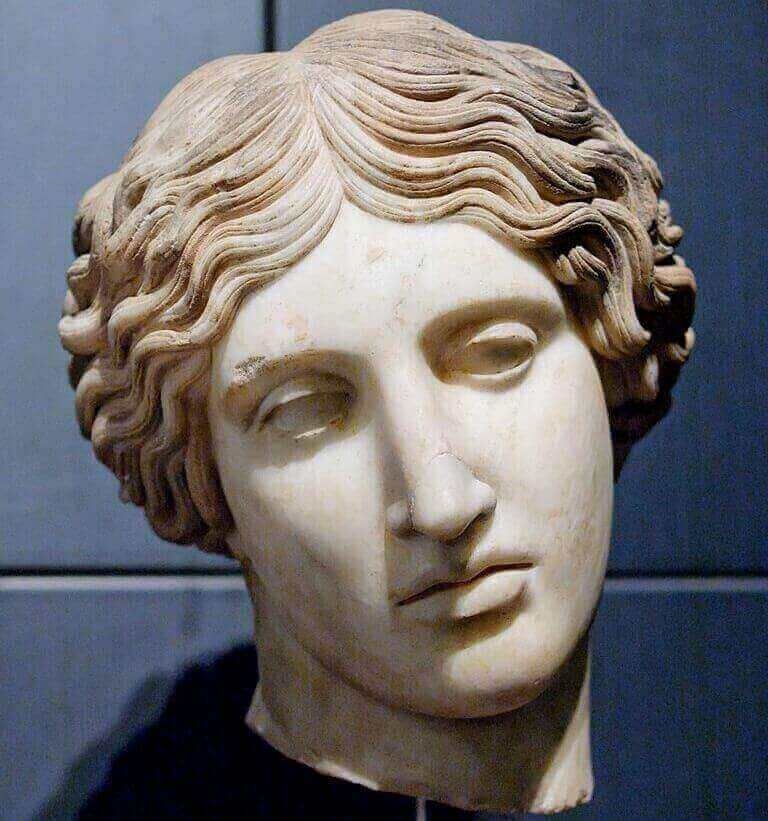
The ancient texts describe the Amazons of Greek mythology to be residing on the banks of the Thermodon river with the ancient town of Themiscyra (located in modern Turkey), being their capital city. These women lived alone, without any males for the company. So, you may ask as to how did their race continue? As the story goes, every year they visited a nearby tribe named Gargareans (who consisted of only males) and would mate with them, only to have babies. On returning they would keep all the baby girls, but the boys were either sent to their fathers or were killed or left to die in the forests.
Every mythological story needs a popular writer to change a brilliant imagination to a popular story among the normal people and ancient Greece was no different. The famous ancient Greek poet Homer, who lived in 8th century BC and is credited with creating the great epic – Iliad, which supposedly occurred 400 years before his birth (set on events that supposedly occurred in 12th century BC) is also the person who described the Amazons for the very first time, in the same epic.
With the passage of time, the Amazons became an integral part of the above story, who fought on the side of Trojans. They became involved with the legends of Achilles, Hercules, and other great Greek heroes. These Amazons in Greek Mythology emerged as formidable opponents to the Greeks, who could be stopped only by the bravest & strongest heroes of the ancient Greek world.
The stories slowly started to become greatly engraved into the psyche of the ancient Greeks, as the difference between fiction and facts began to blur. Amazons began to become part of Greek culture as Amazon women began to appear in different forms in the everyday aspect of the ancient Greek world, like in - pottery, household items and decorations (in form of sculptures) on the walls of the buildings, that included Parthenon of Athens.
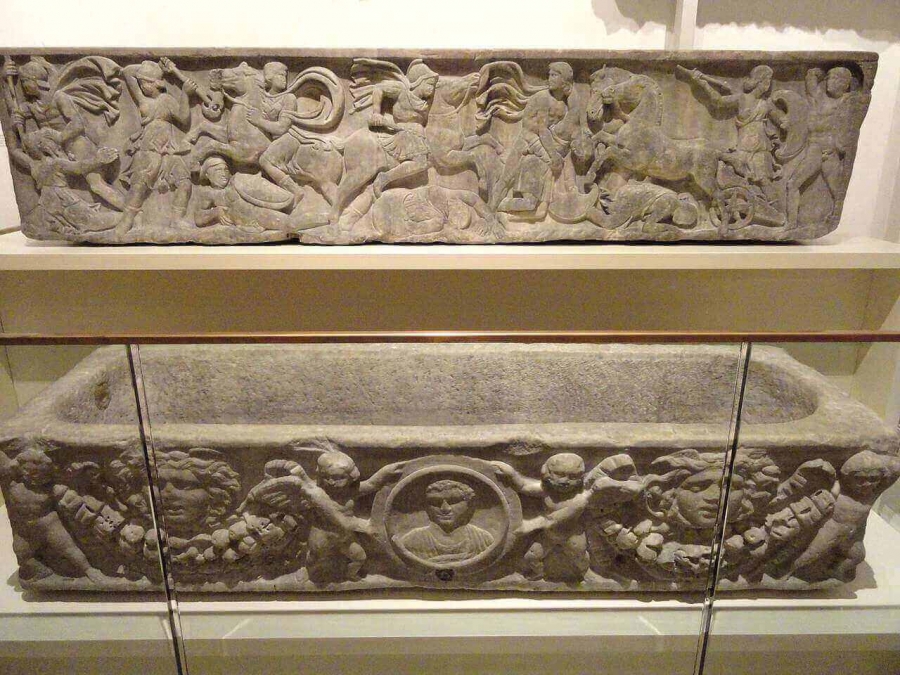
The reasons for the above were obvious. Every great hero (the Greeks in this case) needs a great opponent, for his story to become immortal. Amazons here had become the legendary opponents, who would take the story of the heroes of the Greek’s to legendary heights. However, the intelligentsia among the ancient Greeks (and there were many) knew that stories, without any logical pattern, would stay just that – stories.
The Amazons Greek mythology story mentioned was popularised by Herodotus. However, the home of the Amazons from the beginning had been described to be in different places, by different writers. Homer had described that Amazons lived somewhere around Lycia (southern coast of Turkey). Herodotus, the father of history, who lived during the 5th century BC had his own opinions regarding Amazons in Greek myths. Herodotus described a fortified city on the banks of the Thermodon river, which was known as Themiscyra, as being the Amazonian capital. In the modern world, this is an area in north-eastern Turkey.
Amazons in Greek literature soon were described as a race of warrior women who spent their time attacking and plundering other people of other races. To continue their tribe, the story of the annual mating event (with their neighboring tribe) that the Amazons used to continue their race of fighting females, was again popularised. Among the newborn children, the young girls were groomed to become soldiers, whereas the baby boys were sent back to their fathers.
Herodotus went on to describe how after the Battle of Thermodon, where the Amazons lost to the Greeks, Amazons were taken prisoners and put on ships. However, midway during their voyage Amazons was able to overpower the Greeks and take control of the ship after killing them. Unfortunately, the Amazons did not know how to navigate a ship and drifted to a territory where the Scythians lived (on the shores of the Black sea). The Amazons would go on to marry the Scythian men. The descendants of these families would later move northeast to finally evolve into Sauromatians.
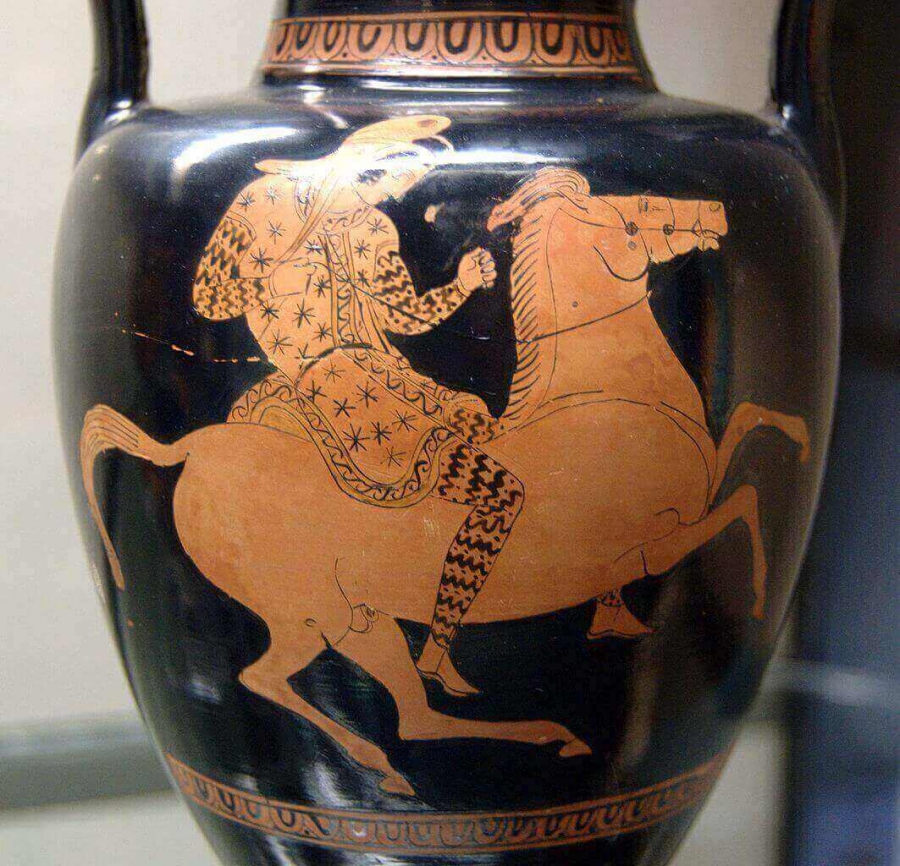
According to Herodotus, the women of the Sauromatians still continued in the footsteps of their female ancestors. This could be seen in the way, they joined their husbands on hunting on horsebacks and also while going to war attired as males. Herodotus believed that women of this race couldn’t even marry unless they had killed a man in battle. So, finally, thanks to Herodotus, the Amazons in Greek mythology were a no longer a fictional entity, but an ancient warrior race that was worthy opponents of the ancient Greek heroes.
As previously mentioned, the Amazons of Greek mythology received so much popularity and respect in the ancient world, because they could be stopped only by the best of the ancient Greek heroes. The legend of the Amazons started when the great Greek hero – Hercules, encounters them.
It was as a part of Hercules’s famous twelve labors, that Hercules came in contact with the Amazons. The king of Tiryns – Eurystheus, sent Hercules to get the girdle (belt) of the Amazon queen – Hippolyte. This was considered a very dangerous job and was given to Hercules as a challenge. Hercules was successful in his endeavor, although the details vary in different versions. In some version, Hippolyte gave the girdle willingly and in some other versions, he had to fight to get it, which he successfully did along with a group of heroic warriors led by another Greek hero - Theseus.
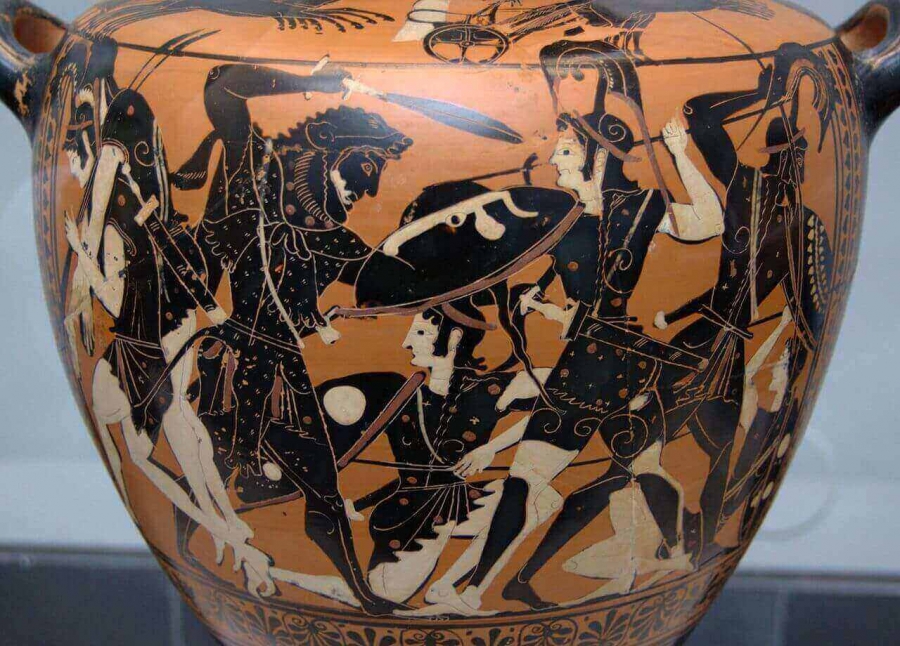
Another famous story which involves the Amazons with the Greeks is related to Theseus. Theseus while accompanying Hercules in his adventure falls in love with an Amazon princess – Antiope (sister of Hippolyta), who in turn elopes with Theseus. This would again lead to war between the Greeks and the Amazons. Although Theseus was successful in defeating the Amazons, Antiope dies fighting by the side of Theseus.
Another Greek hero – Bellerophon, also had to fight the Amazons, which he did successfully. The confrontation between Greeks and Amazons also forms an important part of the story of the Trojan war. Here the Amazonian queen Penthesilea, who was fighting on the side of Troy died fighting Achilles in the Trojan war. Finally, the Amazons in Greek mythology were considered so important, that not just the greatest of human heroes among the Greeks, but even their god like – Dionysus, were described to have come in contact with the Amazons, sometimes as enemies and sometimes as allies.
In fact, the position of the Amazons in Greek myths had become so strong, that in the description about life and other exploits of Alexander the Great, written in Alexander Romance, describes Amazons in them. According to the description given here, the legendary Amazonian queen – Thalestris approached Alexander, so that she could have a daughter from Alexander, who would be strong and intelligent as him. However, modern scholars know that this story is just another fictional legend associated with the emperor and nothing more.
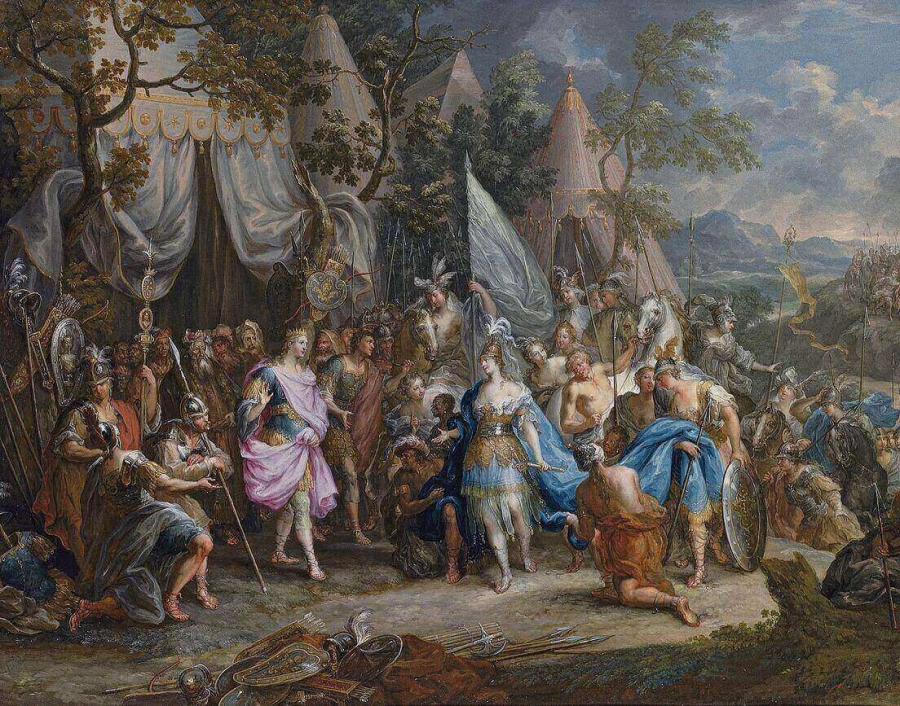
In the olden times, there was a popular misconception that these women were called Amazons, as the word Amazons, was believed to be derived from 2 different words - where “a” indicated absent and “mazon” meant breast. This idea of Amazon meaning a woman without breast was invented by an ancient Greek historian – Hellanikos, in the 5th century BC. So, it was believed that the race of Amazons was breastless or at least lacked one breast.
This misconception arose from the firm belief that while the Amazon girls were very young their right breasts were cut off or cauterized so that they would have more efficiency in the use of bows (for firing arrows) and hurling spears.
However, later this description of Amazons in Greek Mythology was found to be faulty, as the Amazons in Greek art and Amazons in Greek mythology picture are all found to be in perfectly normal physical shape and appearance. This goes on to prove that mainstream Greek scholars of the time did not accept this strange idea.
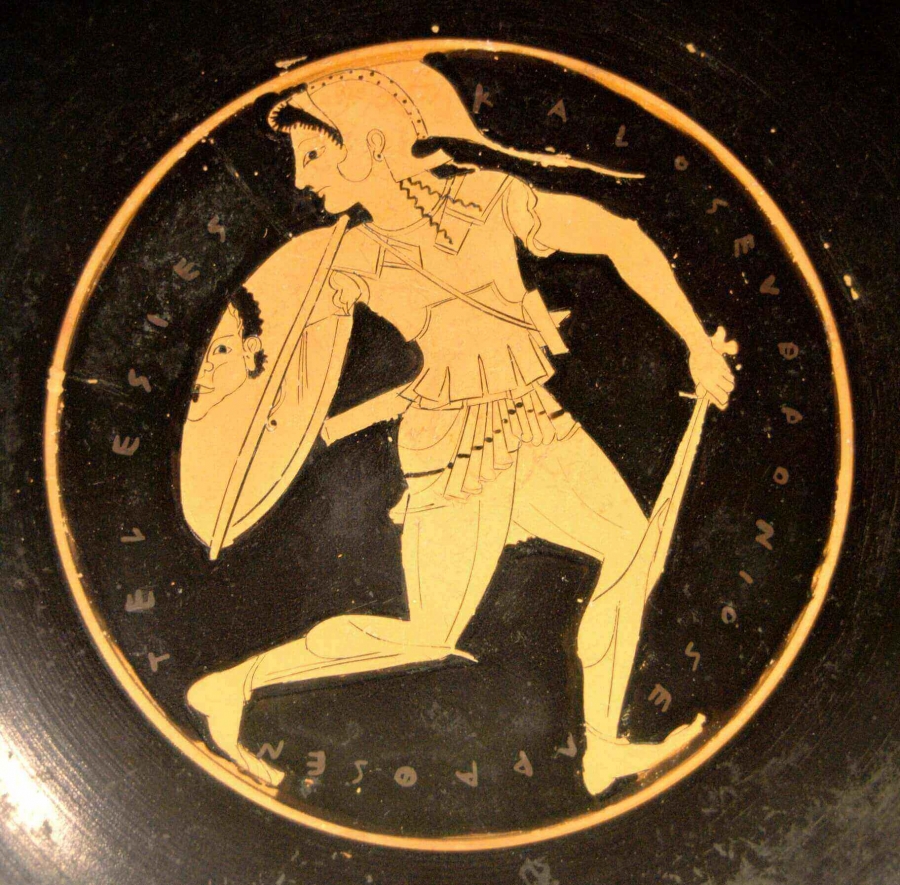
After talking so much about the Amazons Greek mythology story, it is imperative that where they stand in real history should be discussed. In the last decade of the 20th century, a team of archaeologists excavating more than 2 millennia old burial mounds, outside Pokrovka – a remote Russian outpost in southern Ural Steppes near Kazakhstan border stumbled across findings, that would bring back memories of Amazons in Greek mythology.
In the above-mentioned site, 150 graves of Sauromatians and their descendants – the Sarmatians (who were part of wider Scythian cultures) were found. What caught the attention of the archaeologists was the presence of graves of warrior women present on the site. These warrior women were buried along with their weapons like arrows and daggers. These women at the height of 5 ft 5 inches were relatively taller, compared to other women of the period and many of these skeletons had also the mark of serious battle injuries.
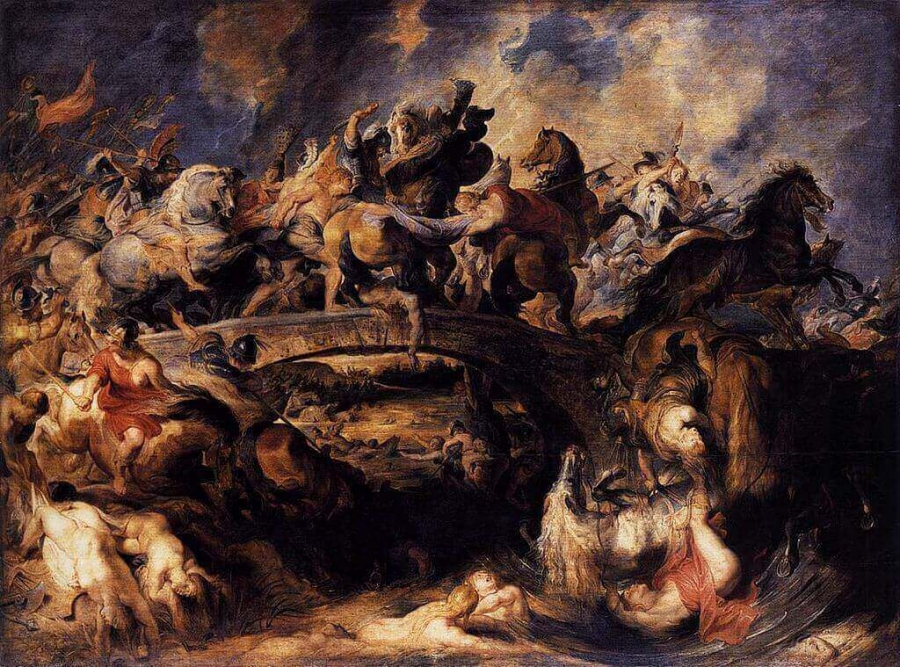
Finally, evidence was found that the stories about Amazons in Greek myths had originated from real facts that somehow got blurred in the pages of history. Amazed by women who were clearly much different from women of ancient Greece, somehow the legend of Amazons in Greek Mythology developed and spread out across the ancient world.
The Amazon river in South America is the largest river in the world, as considered by discharge volume. It would be a very natural query to ask why a river in South America is named after the ancient Amazons of Greek Mythology? No, this is in no way related to the homeland of the ancient warrior tribe of women described previously. However, that does not mean that the adjacent areas around the river, did not have any fighting race of women, as one of the earliest Spanish explorers of the area would later discover.
Francisco de Orellana was a 16th-century Spanish explorer, who was the first to navigate the entire length of the river – which is now known as Amazon. When Orellana first set out in 1541 to explore new lands, he would not have certainly thought of the unpredictable events that would follow.
It was while traveling through what was then an unchartered territory, that Francisco de Orellana came into conflict with the tribe of Tapuyas on 24 June 1542. The warriors were both male and female fighters, who rained down arrows on the boats on the Spanish explorer. It is said that after this attack their boats resembled a porcupine, because of numerous arrows sticking out from it.

Francisco de Orellana never forgot the incident. To him, these native South American women were no less fierce than the legendary Amazons of Greek mythology. Their actions and story would stay in the memory of not just Francisco de Orellana, but also the entire world when the river and the adjacent forest areas, became famous all over the world as Amazon river and Amazon rainforest respectively.
There is a very popular view that the Amazons of Greek mythology were created to inspire the ancient Greeks to be a better version of themselves. Especially in turbulent times, the Amazons Greek mythology story reminded the Greeks that ancient Greek heroes had battled fierce & tough warriors – women who were better than even men, and triumphed over them. These legends became not just a propaganda tool but also a part of a proud cultural heritage, that has endured for many millennia.

Although in the modern world, the Amazons of Greek mythology remain just in the popular imagination of movies and fictional work, but the warrior race of women has existed in the real world from ancient times. Was it the fear for these women, who would not bow before anyone; that led the ancient writers to create the Amazonian women – glorifying them and terrifying the normal population at the same time? The answer to that we can at best guess. However, whenever the stories of brave women of the ancient world are told, the Amazons of Greek Mythology almost always spring out from the history books to thrill us and inspire us to this day.